Microsoft Announces Major Expansion Of Viva, and CEOs Need To Lighten Up.
If there’s one thing you can say about Microsoft, this is a company that can execute. Since the introduction of Microsoft Viva in early 2021, the company has more than doubled down on its Employee Experience Platform strategy, with a flurry of new announcements this week.
Let me start by saying that Microsoft, at its core, has always been a user-focused software company. The very first winning product from Microsoft was Windows, and it succeeded because employees really liked it. Since then the company has built out Office, Teams, and many of the world’s most important back-office applications (Azure, SQL Server, SharePoint), all with a focus on making tools that people want to use.
When Viva was first introduced I spent time with the leadership team helping them understand the massive demand for better employee experiences at work. Since then Satya Nadella, Kathleen Hogan (CHRO), and most senior product leaders (Jared Spataro, CVP for Modern Work and Seth Patton, GM of Microsoft 365) have joined the parade. They understand that every problem we face in this economy (be it inflation, hiring challenges, retention, or reskilling) all come down to “modernizing the work experience.” So Microsoft is all in.
What’s New This Time
The flurry of announcements this week is staggering.
First, the company introduced results from its new Work Trend Index which shows that 87% of employees feel productive while only 12% of leaders are sure of it. This rather distressing finding reinforces what we talk about with companies every day: now that employees are “liberated” from the office, CEOs are trying to “reign them in” and figure out what they’re doing.
As all our research shows, this is not a good practice. Only by supporting and empowering people can you “create energy” in the workforce, and today as people work more hours than ever before, this means giving people support, offering development and growth, and trusting leaders and individuals to do the right thing. (“Monitoring employees” is not a good idea, and most enlightened companies shy away from this.) My new book Irresistible is all about this topic.
My message to CEOs is simple. Please lighten up and trust your employees.
Second, Microsoft unveiled the biggest expansion in Viva functionality since its launch:
- Viva Goals which provides team based goal-setting and tracking, now has enhanced integration with Teams so users can check-in and collaborate on OKR’s within the Teams activity feed. (A feature Betterworks does in Google Workspace.) It’s also more deeply integrated into Microsoft Power BI, Teams, Planner, Azure DevOps, and Project.
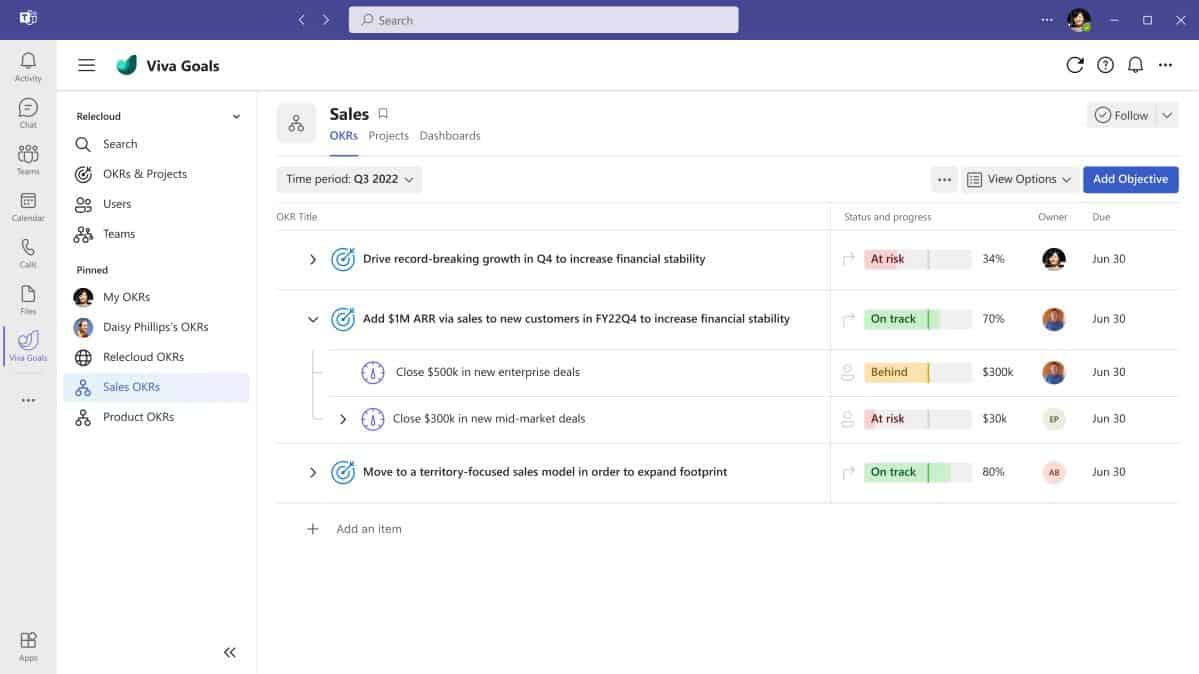 |
- Viva Pulse, a new tool to let managers or leaders quickly create pulse surveys and check-in with large groups of people, complements tools like Qualtrics, Medallia, Perceptyx, Peakon, and Glint. Viva Pulse puts pulse surveys directly into the hands of managers.
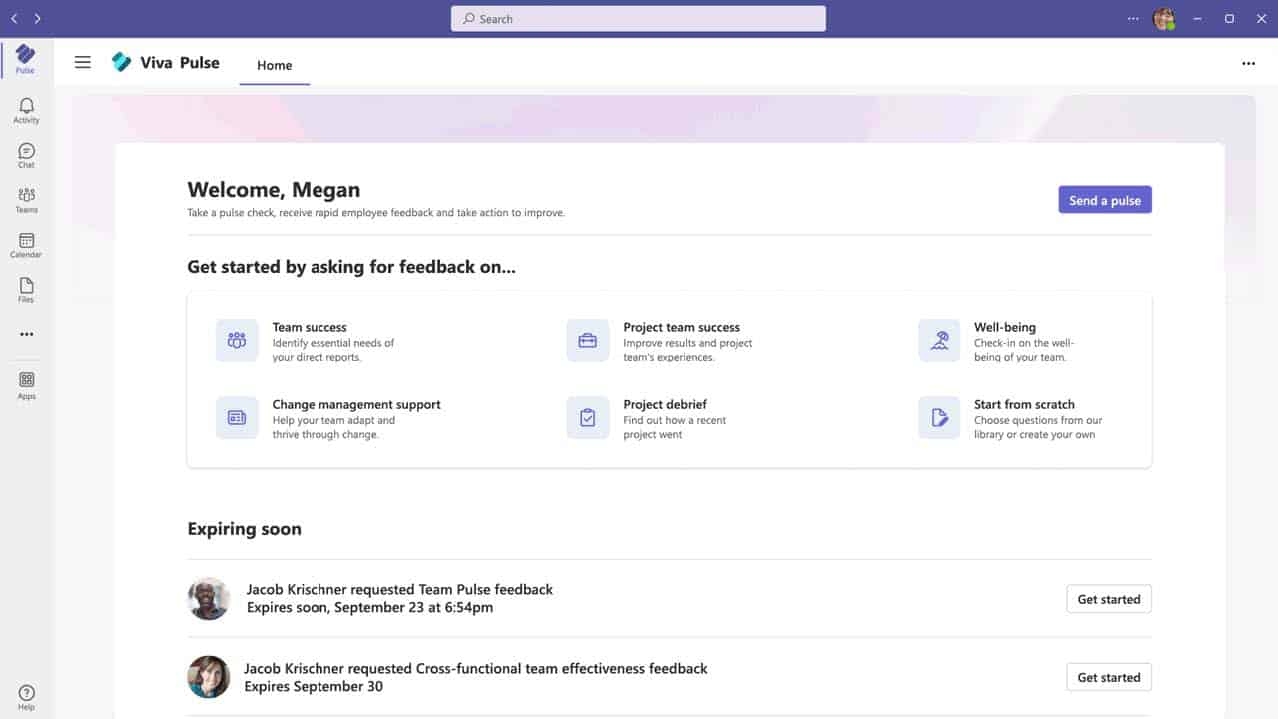 |
- Viva Leadership Corner in Viva Engage is a new platform within Viva Engage (the company’s corporate social network) to let managers deliver news, information, and ask for feedback from teams.
 |
- Viva Amplify, a new employee communications platform that lets corporate or HR communications teams design, delivery, and manage large scale, targeted communications programs, with channels and other features.
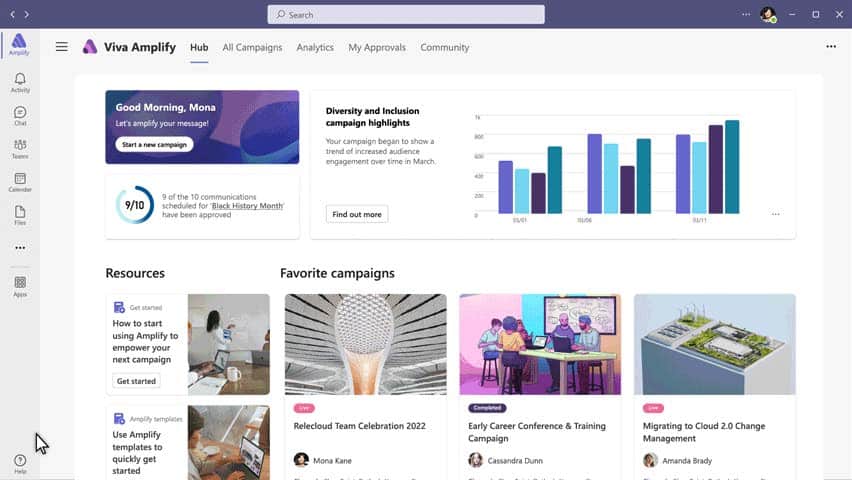 |
- New Integrations with Viva Learning, which integrate LinkedIn Learning Hub learning paths and collections (with skills to come).
 |
- Answers in Microsoft Viva, an AI-powered Q&A system that matches employee questions with answers, to provide a smart knowledge-base for employees.
 |
- A new homepage for Viva Connections (employee portal), that makes it easy for employees to find and access all the Viva modules.
- People in Microsoft Viva, a new capability that lets people build out their employee profile, expand their profile card, and add learning, knowledge, and goals to their internal profiles.
Viva Is Now A Platform, Not A Family Of Products
While Microsoft positioned Viva as an EXP from the beginning, it was initially shipped as a series of Viva applications. This announcement brings them all together and includes licensing new pricing to make it easy for companies to buy the Viva Suite as an integrated set (coming in 2023).
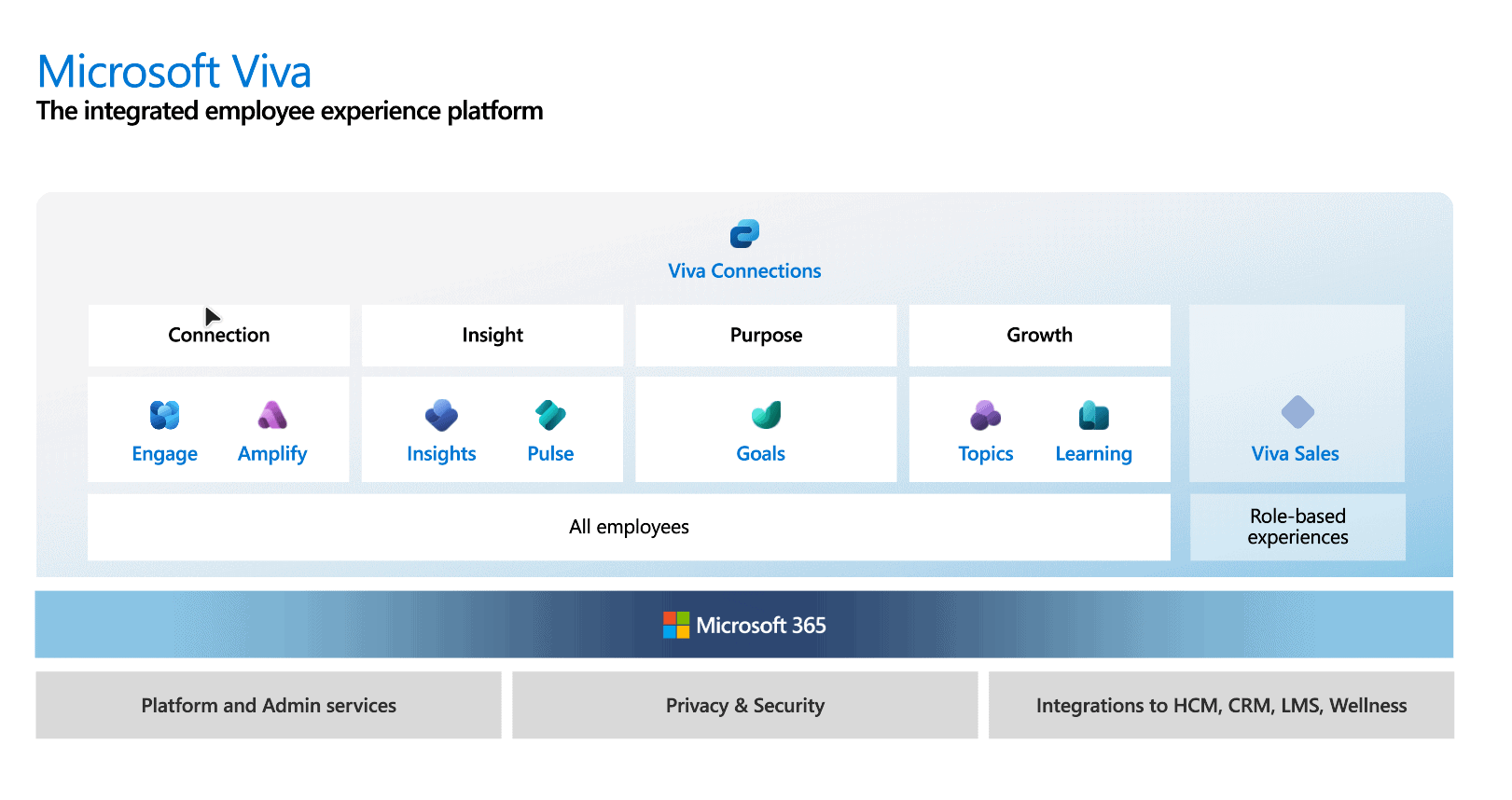 |
An Orchestration Platform Amidst Competitors
So how does Microsoft Viva compete in the market? Well this is a noisy, crowded space.
Virtually every HR Technology company wants in to the EX market. ServiceNow just introduced a manager dashboard, more drag and drop development tools, and in-line surveys and learning apps. SuccessFactors significantly upgraded its EX interface, dynamic teams and OKR module, and development tools for HR managers. Workday introduced a set of open interfaces for its Skills Cloud. And vendors like Firstup (employee communications), Gloat (talent marketplace), Eightfold (talent intelligence), and Oracle (entire toolset for journey management) are all adding features.
But let’s face it, Microsoft as a vendor is different. With more than 70% of the Fortune 1000 running Microsoft productivity software, Viva will be a platform to integrate, orchestrate, and simplify these tools. And this is badly needed.
Consider the following new finding: according to Okta’s new 2022 Business Apps study, the average corporation has increased the number of employee apps it uses by almost 30% in the last two years. This is just too much for employees to handle. Companies need a productivity orchestration tool like Viva to bring it all together.
 |
And if you don’t like Microsoft (maybe you’re a Slack-junkie or you love Google), just note how fast Microsoft’s product set is expanding. Also from the OKTA report, Microsoft’s relative market share in the enterprise is growing. So while you may consider Microsoft an “old-school” vendor, nothing could be further from the truth. Microsoft is heavily focused on the employee experience market, and IT departments are voting with their dollars. (Latest numbers: Viva now has 1000+ paid customers, more than 10 million paid users, Teams now has 270 million users.)
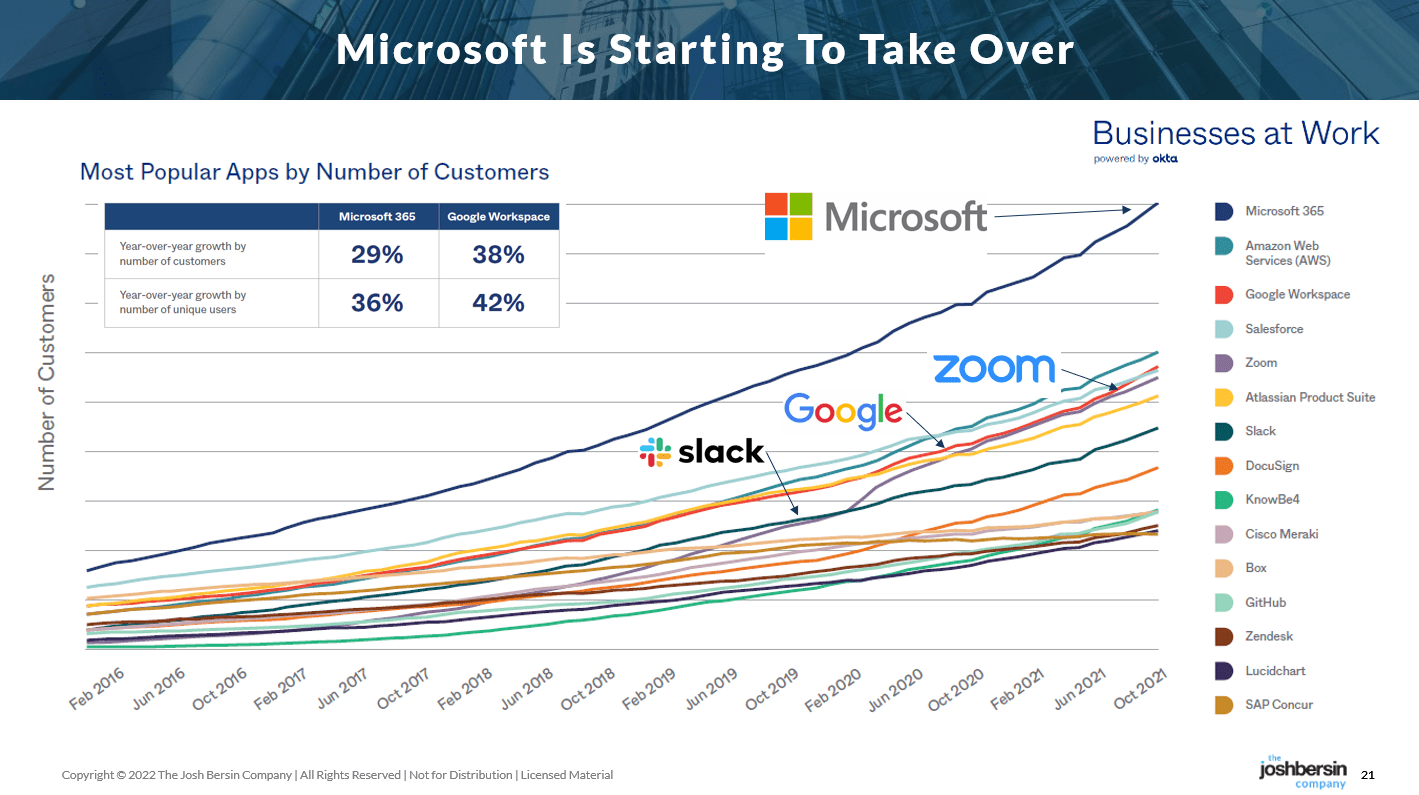 |
The Employee Experience Platform market is still young and has a long way to go. We now need solutions for mental health, productivity, office scheduling, and workspace management. And we have yet to see the impact of the Metaverse on our end-to-end productivity at work.
But one thing I know for sure. Microsoft has its eyes focused on this market, and they’re going after it for the right reasons. The company understands that Employee Experience is not about selling tools: it’s about making work life, management, and organizational performance better. Let’s watch them closely, I know there’s yet more to come.
Additional Resources
The Massive Impact Of Microsoft Viva


